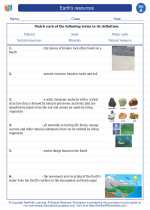Tornadoes
A tornado is a rapidly rotating column of air that is in contact with both the surface of the Earth and a cumulonimbus cloud or, in rare cases, the base of a cumulus cloud. They are often referred to as twisters or cyclones. Tornadoes come in many shapes and sizes, but are typically in the form of a visible condensation funnel, whose narrow end touches the Earth and is often encircled by a cloud of debris and dust.
How do tornadoes form?
Tornadoes form from powerful thunderstorms. When warm, moist air collides with cold, dry air, it creates instability in the atmosphere which can lead to the development of a tornado. This usually happens in the spring and summer months.
Where do tornadoes occur?
Tornadoes can occur in many parts of the world, but the United States has the most tornadoes of any country. The area in the central U.S. where tornadoes occur most frequently is known as Tornado Alley.
Staying safe during a tornado
If you ever find yourself in a tornado-prone area, it's important to know the safety procedures. Seek shelter in a sturdy building, preferably in a basement or an interior room on the lowest floor. If you are caught outside, find a low-lying area and lie flat, covering your head and neck with your hands.
Fun facts about tornadoes
- Tornadoes can last from several seconds to more than an hour, but most last less than 10 minutes.
- The fastest tornadoes can attain wind speeds of more than 300 miles per hour.
- Tornadoes can occur at any time of the day or night.
Now that you've learned about tornadoes, you can test your knowledge with the following questions.
Tornadoes Study Guide
- What is a tornado?
- How do tornadoes form?
- Where do tornadoes occur most frequently?
- What are some safety tips for staying safe during a tornado?
- Can you list three fun facts about tornadoes?
[Tornadoes] Related Worksheets and Study Guides:
.◂Science Worksheets and Study Guides First Grade. Earth's resources
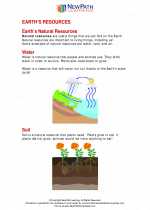
 Worksheet/Answer key
Worksheet/Answer key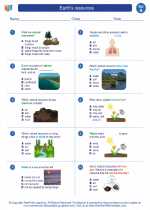
 Worksheet/Answer key
Worksheet/Answer key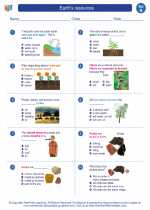
 Worksheet/Answer key
Worksheet/Answer key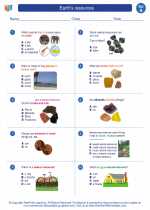
 Vocabulary/Answer key
Vocabulary/Answer key
 Vocabulary/Answer key
Vocabulary/Answer key